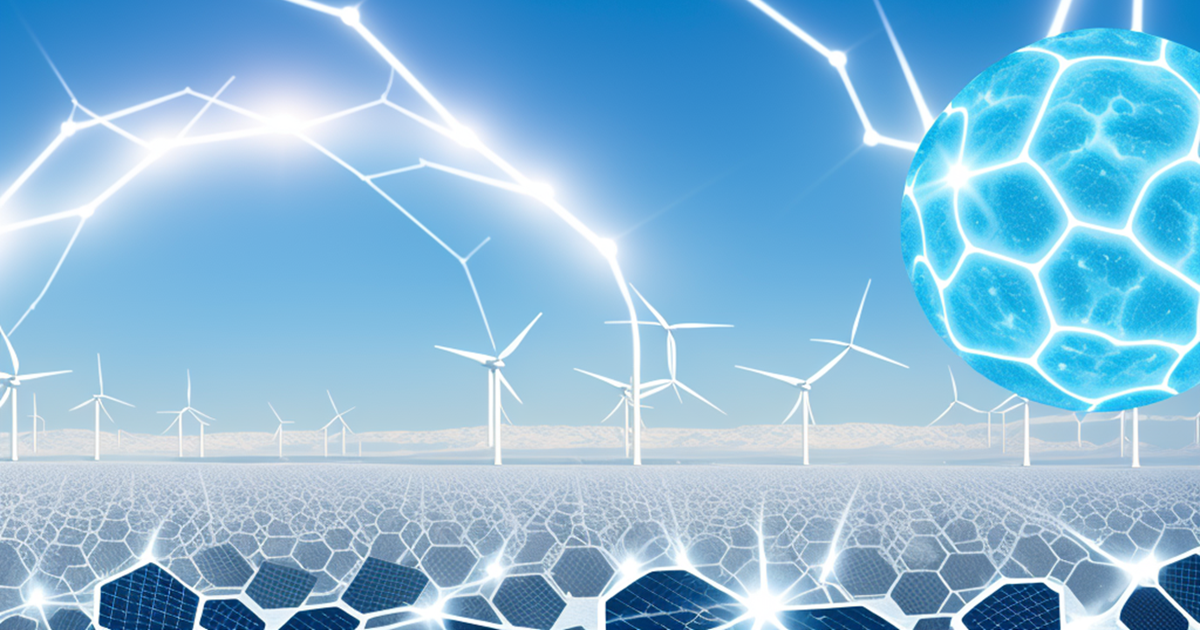Porous Materials for Energy and Environment Applications

Topic Information
Dear Colleagues,
In the past few decades, traditional fossil fuels, such as coal, oil, and natural gas, have been the biggest contributors to sustainable economic development in the industrial sectors. However, the negative environmental and economic impacts of these fuels should be considered, as fossil fuels are the cause of many problems, such as environmental pollution, global warming, and economic security. For example, CO2 and other pollutant emissions, due to the burning of hydrocarbon fossil fuels, are one of main contributors to atmospheric pollution and climate change. In order to cope with the energy and environment crisis, porous materials for use in energy and environment applications are becoming one of the hot spots in industry and academia. An increasing number of researchers are entering the field, and the number of related papers is growing quickly. Thus, we are committed to providing a platform for the dissemination of high-quality papers in the field of porous materials for energy and environment applications. This Topic focuses on fundamental and applied research which could use porous materials to reduce CO2 and pollutant emissions or produce clean energy. The Topic includes but is not limited to:
- Porous materials for CO2 capture and reduction;
- Porous materials for pollutant gas capture;
- Porous materials for photosynthesis and photocatalysis;
- Porous materials for clean energy;
- Porous materials for water purification.
Dr. Guangxu Lan
Dr. Yi-Nan Wu
Topic Editors
Keywords
- porous materials
- metal–organic frameworks
- photosynthesis and photocatalysis
- solar energy
- clean energy
- carbon dioxide capture and reduction
- water purification
Participating Journals
| Journal Name | Impact Factor | CiteScore | Launched Year | First Decision (median) | APC | |
|---|---|---|---|---|---|---|

Energies
|
3.2 | 5.5 | 2008 | 16.1 Days | CHF 2600 | Submit |

Materials
|
3.4 | 5.2 | 2008 | 13.9 Days | CHF 2600 | Submit |

Nanomaterials
|
5.3 | 7.4 | 2010 | 13.6 Days | CHF 2900 | Submit |

Separations
|
2.6 | 2.5 | 2014 | 13.6 Days | CHF 2600 | Submit |

Water
|
3.4 | 5.5 | 2009 | 16.5 Days | CHF 2600 | Submit |

MDPI Topics is cooperating with Preprints.org and has built a direct connection between MDPI journals and Preprints.org. Authors are encouraged to enjoy the benefits by posting a preprint at Preprints.org prior to publication:
- Immediately share your ideas ahead of publication and establish your research priority;
- Protect your idea from being stolen with this time-stamped preprint article;
- Enhance the exposure and impact of your research;
- Receive feedback from your peers in advance;
- Have it indexed in Web of Science (Preprint Citation Index), Google Scholar, Crossref, SHARE, PrePubMed, Scilit and Europe PMC.



